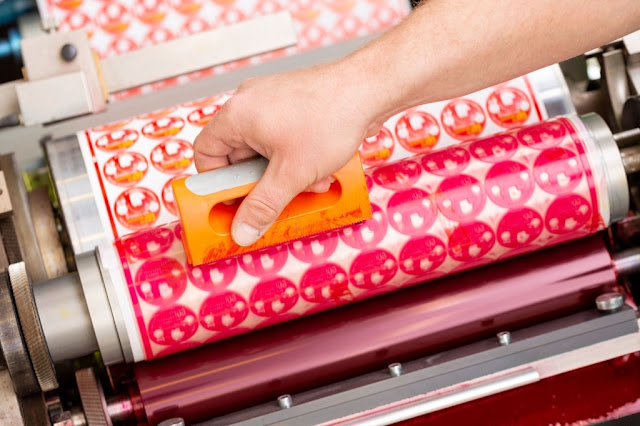Vinyl vs. Polycarbonate Stickers: Understanding the Difference for Printing
Vinyl vs. Polycarbonate Stickers: Understanding the Difference for Printing
In the world of printing and graphic design, stickers have become increasingly popular as versatile and effective promotional tools. However, with various materials available, it's essential to understand the differences between them to make an informed decision. Two commonly used materials for stickers are vinyl and polycarbonate. In this blog, we will explore the dissimilarities between vinyl and polycarbonate stickers, focusing on their suitability for printing applications.
Material Composition:
Vinyl Stickers: Vinyl stickers are made from polyvinyl chloride (PVC), a synthetic plastic polymer. They typically come in various finishes, such as glossy, matte, or transparent, allowing for diverse design possibilities. Vinyl stickers are known for their flexibility and durability, making them resistant to tearing, fading, and water damage.
Polycarbonate Stickers: Polycarbonate stickers, on the other hand, are composed of polycarbonate, a thermoplastic material known for its exceptional strength and clarity. Polycarbonate stickers are highly resistant to impact, heat, and chemicals, making them ideal for applications where toughness is essential.
Printing Compatibility:
Vinyl Stickers: Vinyl stickers are highly compatible with different printing methods, including digital printing, screen printing, and offset printing. They offer excellent color vibrancy and detail reproduction, allowing for intricate designs and vibrant visuals. Vinyl stickers are particularly well-suited for outdoor use as they can withstand harsh environmental conditions.
Polycarbonate Stickers: Polycarbonate stickers are primarily suited for digital printing. The material's high clarity ensures that printed colors appear vibrant and sharp. While polycarbonate stickers can be printed using other methods like screen printing or offset printing, digital printing is the preferred choice for achieving the best results.
Adhesive Properties:
Vinyl Stickers: Vinyl stickers are commonly available with an adhesive backing that allows for easy application to various surfaces. The adhesive can be permanent or removable, depending on the intended use. Permanent adhesive is ideal for long-term applications, while removable adhesive is suitable for temporary uses or situations where repositioning may be necessary.
Polycarbonate Stickers: Polycarbonate stickers often feature a strong adhesive backing designed to provide a permanent bond. This adhesive is well-suited for applications where durability and longevity are crucial. However, due to its powerful adhesive nature, removing polycarbonate stickers may be challenging and may leave behind residue on the surface.
Application Considerations:
Vinyl Stickers: Vinyl stickers are highly versatile and find applications in various industries, including vehicle graphics, signage, product labeling, and promotional materials. Their flexibility allows for easy application on curved surfaces, such as car windows or bottles. Vinyl stickers are also commonly used for indoor and outdoor applications, thanks to their durability and weather resistance.
Polycarbonate Stickers: Polycarbonate stickers are often employed in specialized applications where toughness and resistance are paramount. These include equipment labels, control panels, industrial machinery, and electronic devices. The exceptional durability of polycarbonate stickers makes them suitable for environments that involve exposure to harsh chemicals, extreme temperatures, or physical impact.
Conclusion:
Choosing the right material for printing stickers is crucial to ensure optimal results and longevity. While vinyl stickers are flexible, versatile, and widely used for various applications, polycarbonate stickers offer unparalleled durability and resistance to harsh conditions. Understanding the differences between vinyl and polycarbonate stickers enables you to make an informed decision based on your specific printing requirements, desired aesthetics, and application environment.



Comments
Post a Comment